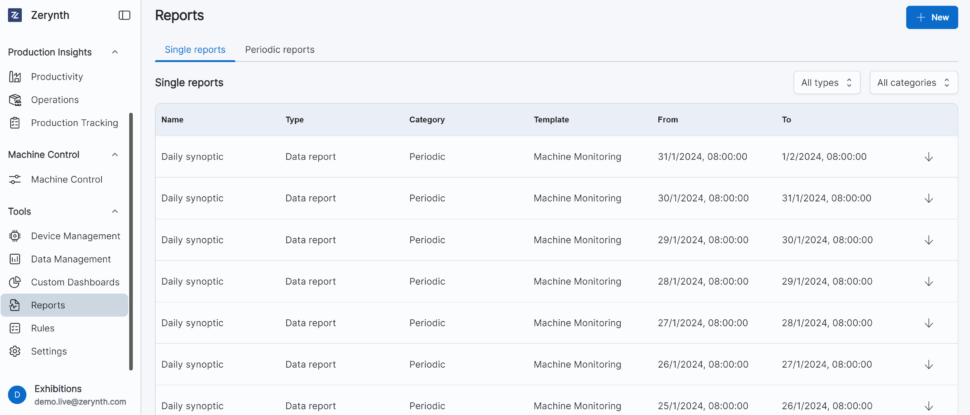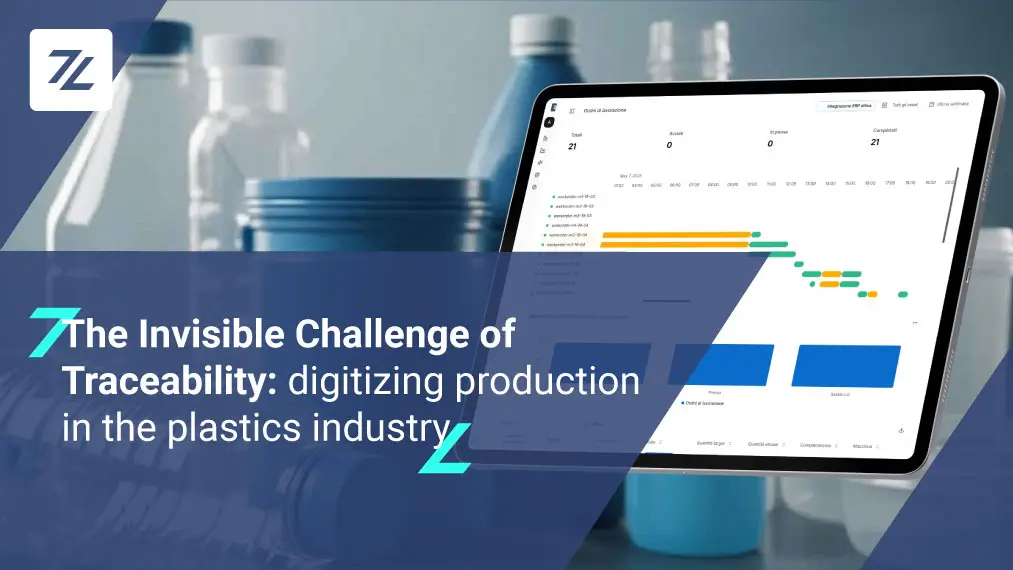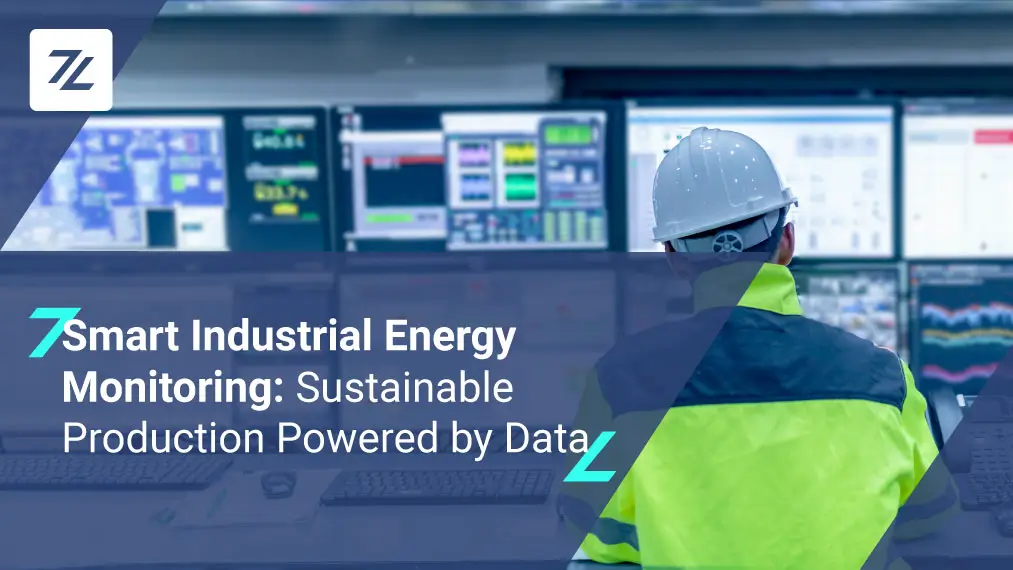Sustainability Report: is it mandatory, optional, or strongly recommended? But most importantly: how do you draft a sustainability report? Ask Zerynth!
The sustainability report, in most cases, is a crucial and strategic means of communication as it gathers all non-financial tools that reflect the company’s environmental and social impact.
In this blog post, we will explore the latest regulations concerning sustainability reporting and demonstrate how to draft it quickly and easily with Zerynth’s Industrial IoT & AI solutions. Keep reading to learn more!
What is a sustainability report?
The sustainability report is a document that highlights the social and environmental values of companies. Unlike financial statements, which focus solely on accounting, sustainability reports aim to inform stakeholders about the economic, social, and environmental impacts of a company’s operations.
The EU, in the Green Paper of the Commission (2001), defines a sustainability report as “The voluntary integration of social and ecological concerns of businesses into their commercial operations and relationships with stakeholders.”
The Legislative Decree 246/2016 refers to five reporting areas:
- Combatting active and passive corruption
- Environment
- Personnel
- Social
- Human rights
The legislative requirements for sustainability reporting: what’s new this year?
It is clear that the updated sustainability reporting regulations will have a significant impact on businesses, investors, and society as a whole. Beginning in 2025 (fiscal year 2024), the number of companies obliged to produce sustainability reports will increase.
Compared to prior regulations, at the European level, the number of involved companies will rise from 11,600 to 49,000, with almost 7,000 of these in Italy alone.
Along with the growing number of companies involved, there will be an increase in the information to be provided:
- Description of the company’s model and strategy
- Company plans to ensure that the model and strategy are compatible with the transition to a sustainable economy
- Role description of the administrative, managerial, and control bodies regarding sustainability
- Description of the company’s sustainability goals and policies
- Due diligence procedures applied by the company for sustainability
Risks and requirements
Businesses that do not comply with the new sustainability reporting regulations risk losing competitiveness in the market. Companies will be evaluated not only from an economic-financial perspective but also based on sustainability.
It is, therefore, crucial to start adapting to these regulations proactively, before they become mandatory for all types of businesses.
Zerynth is a valuable resource for companies, offering products and solutions tailored to easily and quickly create sustainability reports to comply with regulations while reducing costs and energy consumption.
Monitoring energy consumption for sustainability
In addition to complying with current regulations, thanks to Zerynth’s solution for monitoring and optimizing electrical and energy consumption, companies can streamline their machinery, monitor energy consumption at every stage of the production process, and prepare for sustainability reporting.
Through monitoring electrical and energy consumption, anomalies that can increase energy consumption and costs can be detected in real-time.
Indeed, thanks to monitoring, data can be extracted to identify sources of waste, evaluate effective energy-saving strategies, and implement predictive maintenance and condition-based techniques, reducing costs and machinery downtime.
How can monitoring energy consumption contribute to sustainability reporting?
With the Zerynth platform, you can identify areas where energy is wasted, develop strategies to reduce consumption, identify inefficient assets or processes contributing to high energy consumption, and set optimal consumption thresholds to reduce energy use.
Smart Reporting made simple with Zerynth!
The dashboarding and reporting tool, integrated into the Zerynth platform, allows you to create standard or customized periodic reports for monitoring production and energy consumption.
It is possible to schedule automatic periodic reports or download individual reports when needed, allowing platform users to create and manage reports easily, using predefined templates tailored to their needs.
Moreover, thanks to our team of experts, customized models tailored to the specific needs of companies can be easily developed.
With the integration of Zerynth’s Industrial Copilot, a new feature incorporated into the platform, users will not only be able to obtain highlights and graphs on their production performance based on the selected intervention but also receive suggestions on how to improve and streamline their production.
Are you interested in trying out this new feature? Fill out the form to join the Zero Beta Test!
A real case – Mechanical Engineering Sector
The mechanical engineering sector faces daily challenges related to maintaining high standards of efficiency and competitiveness. A company in this sector, with machinery such as injection molding presses and bending machines, needed to monitor the performance of its production facilities.
By turning to Zerynth, the company gained full visibility on the energy consumption of machines, real-time monitoring of machinery productivity, and the ability to quickly and easily draft the sustainability report thanks to the complete digitization of production processes and consumption monitoring.
What are you waiting for? Start NOW. Take the leap towards sustainability compliance with Zerynth, contact us today!
Share This Story, Choose Your Platform!
Follow Zerynth on
Latest Posts







